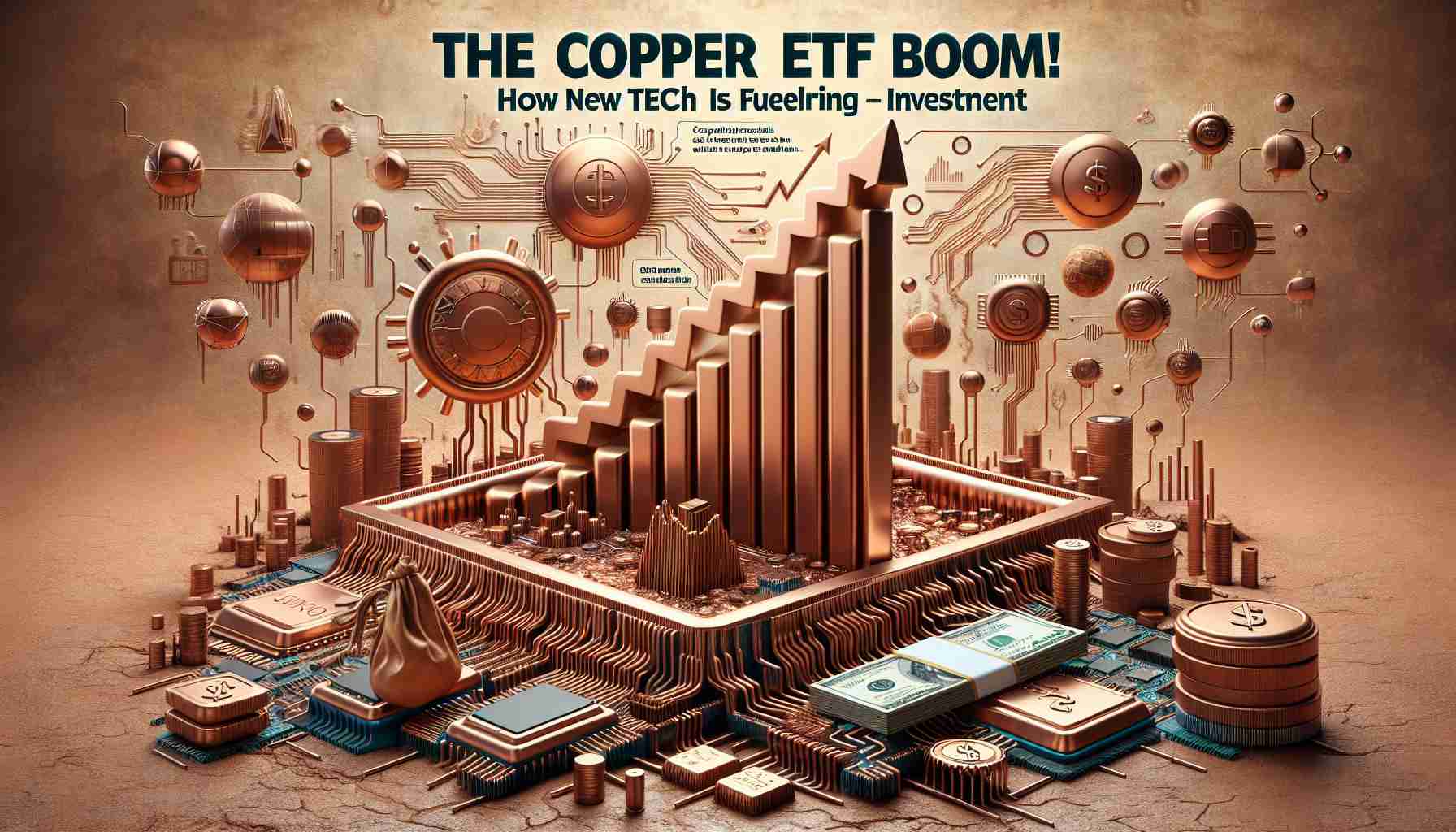In recent years, interest in exchange-traded funds (ETFs) focused on copper has surged, driven by rapid technological transformations and a global push towards green energy. Copper ETFs are investment funds traded on stock exchanges that specifically track the price and performance of copper commodities. As emerging technologies continue to integrate into daily life, the demand for copper—a vital component in electronics, electric vehicles (EVs), and renewable energy infrastructure—has skyrocketed.
The growing focus on sustainable energy solutions has placed copper at the forefront of future-facing industries. Electric vehicles, for example, require significantly more copper than traditional cars, due to their reliance on electric motors and advanced electronic systems. Moreover, renewable energy systems, such as wind and solar power installations, utilize copper extensively for their efficiency and conductivity.
This tech-driven demand is influencing investment strategies globally, marking a new wave in the commodities market. Increasingly, investors are considering copper ETFs as a viable component of a diversified portfolio. As environmental policies continue shifting towards sustainability, experts anticipate a steady rise in copper demand, making copper ETFs an attractive option for future-focused investors.
In essence, copper ETFs represent a unique intersection of commodities trading and technology, offering insight into market trends that align with global technological advancements and sustainability goals. As technology continues to advance, the significance of copper is likely to further amplify, sustaining the growth and popularity of copper ETFs in the financial world.
The Copper Conundrum: A Double-Edged Sword in the Push for Green Energy
The surge in copper demand driven by technological advancements and green energy has opened new investment avenues through copper exchange-traded funds (ETFs). But the narrative behind copper’s rising popularity is far more complex, entangling environmental and social threads that deserve a closer look.
Why Copper is Crucial: Copper is essential for wind turbines, photovoltaic panels, and EV charging stations, making it indispensable for a sustainable future. However, this increased demand places a strain on copper mining operations and has sparked significant controversy.
Environmental Impact: Copper mining is energy-intensive, leading to greenhouse gas emissions and habitat destruction. As more copper is extracted to meet the demands of green technologies, these environmental concerns intensify, presenting a paradox in the sustainability narrative.
Social Dynamics: Mining communities often bear the brunt of ecological disruptions and health risks associated with copper extraction. This raises ethical questions about the balance between green energy aspirations and local well-being.
Advantages and Disadvantages: On one hand, investing in copper ETFs can offer financial gains aligned with environmental goals. On the other hand, the environmental degradation and socio-economic disparities linked to copper mining demand thoughtful consideration from investors and policymakers alike.
What’s Next?: Can technological innovation lead to more environmentally friendly copper extraction methods? Will recycling and circular economy practices step up to alleviate some of the mining burdens? As the world leans further into a green revolution, these questions become increasingly critical.
Explore more about copper’s role in renewable energy at copper.org.


















